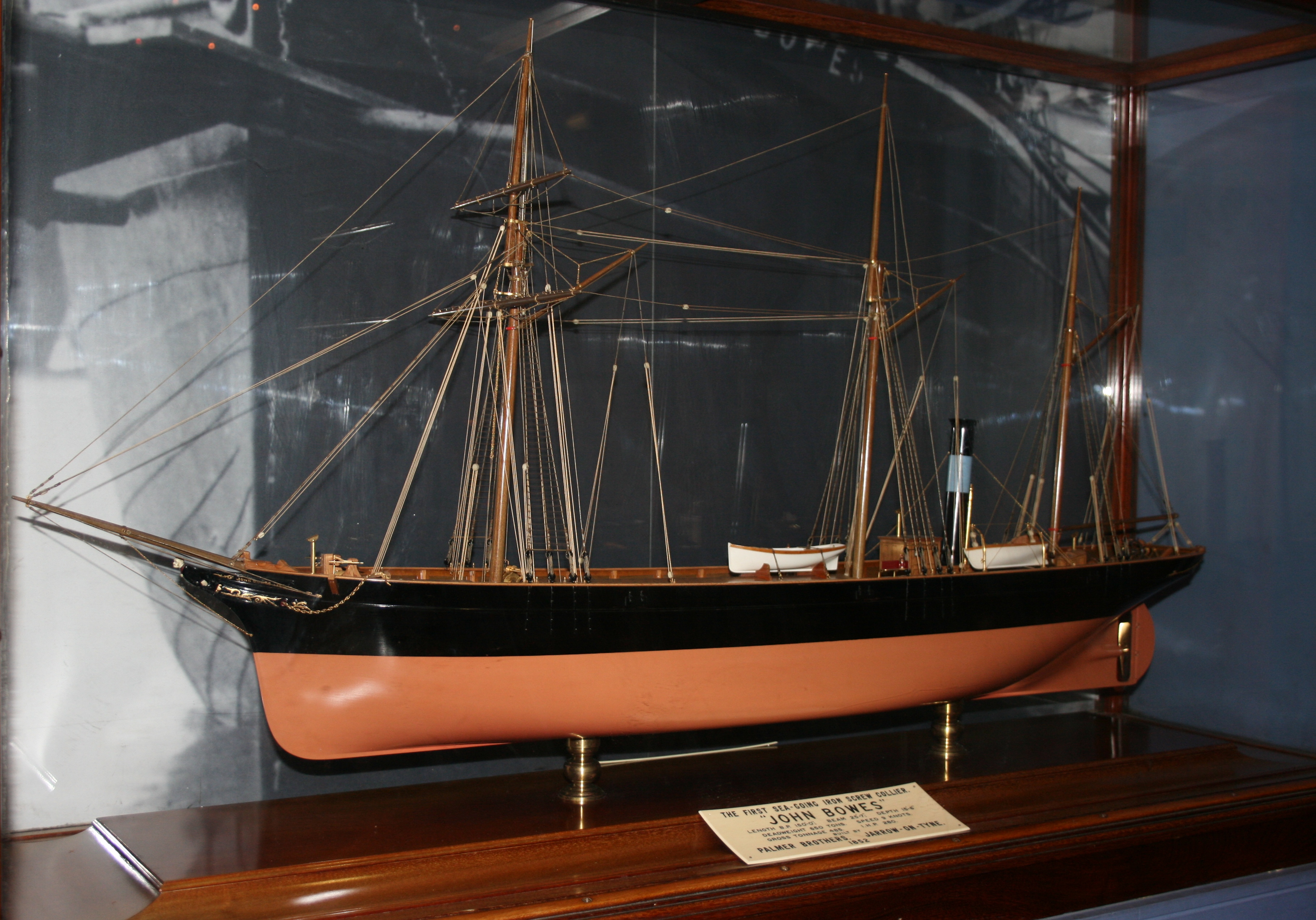Christoforos Wreck
The CHRISTOFOROS with its fifteen-man crew sailed from the port of Volos, loaded with 2600 tons of cement, early in the morning of 2 October 1983, for the port of Piraeus with her final destination being Algeria. The weather was good, but during the afternoon the weather became rainy with strong North winds. In the afternoon there was a seven-degree slope, which continued to increase as time passed. Under these conditions, and while the ship was 12 nautical miles north of the island Pontikonisi, the ship changed course in search of safe anchorage, which was the suggestion of the fishing vessel Giannakis and headed to s Panormos, Skopelos. When it arrived at Panormos, around 16.00 on October 2, 1983, waves had broken one of the portholes of the bridge. This resulted to the bridge being flooded with water and the right slope was increased to 17 degrees, while inflow was found at No. 1 hull. The pump and a portable pump for pumping the water were put into operation but without effect, as the water level in the hull remained constant. Around 20.00 on the same day the slope grew to such an extent that the right handrail was found in the water. The captain informed the ship owners and the VISA / YEN – the order to abandon ship was given at 22.00 while the captain, the Chief Mate and the boatswain remained on board investigating the depths with the fishing vessel GIANNAKIS to run the ship aground. However, sudden changes in the depths that may have been dangerous for cutting the craft into two were found. Efforts of water pumping continued until 0430 hours. On Oct. 3, 198310/03/83 the efforts to rescue ship were in vain so the captain gave the order to abandon the ship, boarding the fishing vessel GIANNAKIS. CHRISTOFOROS sank into the seabed – at 5:30 am on October 3, 1983 at a depth of 43 meters. (1)
Chronology of Christoforos
- Commissioned by the North Thames Gas Board to the Grangemouth Dockyard Co. and was completed on January 1950 and was named THOMAS HARDIE
- In 1968 it was sold to the Stephenson Clarke Sg Ltd and renamed as Birling.
- In 1975 it was bought by Puma Sg Co Ltd and registered in Limassol, Cyprus.
- In 1976 it was sold again to Christincoast Cia Naviera SA and registered in Piraeus, Greece [2].
References:
- Τα ναυάγια στις ελληνικές θάλασσες του Χρήστος Ε. Ντούνης (Shipwrecks of the Greek seas by Christos E. Dounis), Finatec Α. Ε, 2000
- https://www.miramarshipindex.nz/ship?idno=5359327
The Collier ship
With the beginning of the steam age the need for fast coal transfer was critical for any advanced navy. This need gave birth to the collier ship, a ship built to carry the “black diamonds” essential for keeping the empire’s fleet on the move, and feeding the voracious appetite of the fast expanding industrial London. On the North East of the UK the Durham and Northumberland coalfields supplied a rapidly expanding London with vast tonnages of coal, and a large fleet of coastal colliers traveled up and down the east coast of England loaded with the “black diamonds” [3]

Source: https://en.wikipedia.org/wiki/John_Bowes_(steamship)#/media/File:John_Bowes_model_a.jpg
The first iron hull, water ballast and steam screw propulsion collier was built in 1852, and one of its innovations was that it was fitted with ballast tanks which meant water could simply be pumped in, greatly reducing the turnaround time, compared to the time consuming sand ballast which no longer needed to be loaded and unloaded [4].
The cost to build John Bowes was £1000, 10 times the cost of a sailing brig, but she carried as much coal on a round trip to London of 5 days as the brig would carry in 2 months [5].
In many cases, gas and electricity works where built on stretches of the Thames and were unreachable by conventional ships thanks to low bridges crossing the river. Originally coal was unloaded from colliers to lighters for the last stage of the journey, but the extra handling was costly and reduced the quality of the coal. To serve these facilities, the low-air-draught, upriver collier or ‘flat iron’ was developed [6].

Source: https://commons.wikimedia.org/wiki/File:SS_%27Ewell%27_approaching_London_Bridge.jpg
The main characteristic of these ships is the main deck which is continuous all fore and aft, with stores and crew accommodation below deck and the wheelhouse as low as possible so it can pass through the low bridges of Thames.

Source: https://mitchamhistorynotes.wordpress.com/2017/01/31/wandsworth-gas-companys-collier-vessel-mitcham
The funnel is hinged and all the masts telescopically lowered into the hull. The cargo hold had sloping wing ballast tanks, so that the cargo flowed by gravity to the discharging grabs, thus providing expeditious handling of the coal [7].

Source: http://www.shipspotting.com/gallery/photo.php?lid=1470377
A flat iron collier unloaded – the very low silhouette is apparent
[3] https://en.wikipedia.org/wiki/Collier_(ship).
[4] https://en.wikipedia.org/wiki/Collier_(ship).
[5] https://www.wrecksite.eu/wreck.aspx?188671.
[6] Coasters: An Illustrated History by Roy Fenton, page 74.
[7] http://www.shippingwondersoftheworld.com/part42.html.
